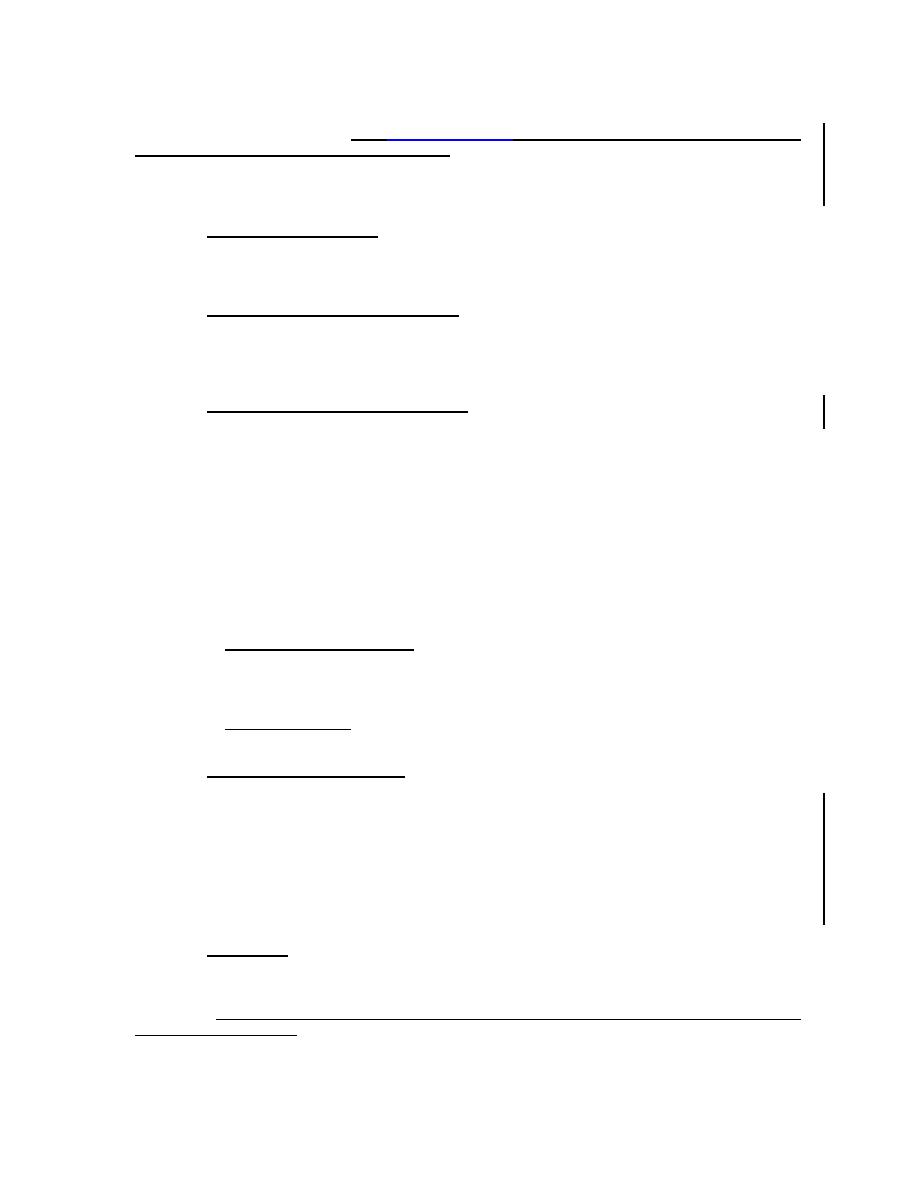

Custom Search
|
|

|
||
 the fixture unit method to size supply and drain lines as described by the
Uniform Plumbing Code. The International Plumbing Code shall generally be
used as the reference plumbing code. Indicate the type and size of heater
for hot water supply. Single drainage/vent stack systems (e.g.
Philadelphia System, Sovent System, etc.) and air admittance valves shall
not be allowed.
5.20.5 Distribution Piping: Locate distribution piping to serve the
interior within the building structure and conceal where possible.
Minimize foundation wall piping penetrations. Limit piping under slab on
grade.
5.20.6 Refrigeration (Cold Storage): Identify the areas to be
refrigerated indicating the usage and temperatures to be maintained.
Indicate outside design dry and wet bulb temperatures, type of
refrigeration equipment, location, and the type and thickness of area
insulation.
5.20.7 Fuel Storage and Distribution: Comply with criteria in MIL-HDBK-
1022, "Petroleum Fuel Facilities." For liquid petroleum products and gas
distribution identify the type, location of takeoff from supply and
available pressure, location of any pressure-reducing stations, and
distribution pressure. Describe the unloading facilities such as dock,
tank car or truck, type of system and proposed features for liquid
petroleum and liquified petroleum gas (LPG) systems. Indicate basis for
storage capacity, pumping rates, vaporization requirements, number of
dispensing outlets, and provisions for facility expansion. Describe power
supply and power requirements. Select type and materials for piping, tanks
and valves where applicable. The final design analysis shall give complete
pressure drop calculations for the required flow rates. Complicated
systems, such as hydrant fueling, require special operating instructions
and charts and detailed tests to check correct operation.
5.20.7.1 Fuel-Oil-Fired Plants: Indicate source of fuel oil, method and
schedule of delivery; oil consumption and storage requirements; sulphur
content of fuel oil, the pollution control requirements; storage tank
location, piping, pumping and preheating requirements.
5.20.7.2 Fuel Selection:
State that fuel selection is in accordance with
OPNAVINST 4l00.6.
5.20.8 Industrial Ventilation: For projects involving industrial
ventilation, present calculations in the format outlined in the American
Conference of Government Industrial Hygienists (ACGIH) Industrial
Ventilation Manual. Programmable calculations and computers can be used to
provide automated design of entire systems in accordance with the ACGIH
format. Use equivalent foot method or velocity pressure method. Any other
format will not be accepted. Achieve air balance without blast gate
adjustment by the use of the Balance by Design Method. The blast gate
method, which provides for air balance by adjustment of blast gates, shall
not be allowed.
5.20.9 Utilities: A mechanical engineer shall be responsible for the
design of steam/condensate, high-temperature water, chilled water, gas,
compressed-air, and fuel-oil systems outside the building.
5.20.10 Tempered Water Supply for Lavatories Located on Navy/Marine Corps
Facilities on Oahu: The following policy concerning the availability of
5-21
|
 
|
|
 |
||